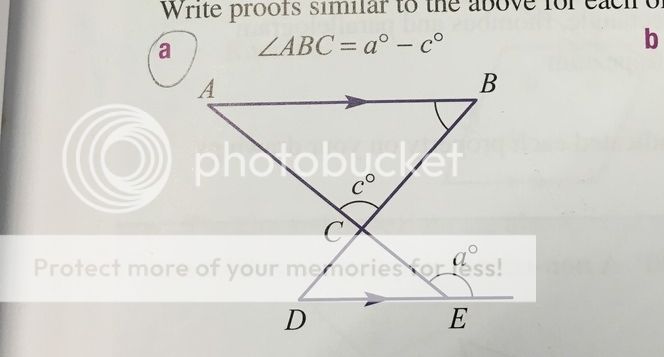- a quick inverse trig question
Q. let f(x) = sin^(-1) (x)
a) for what values of m does the line y = mx cut y = f(x) at three points
b) Investigate the concavity of the curve and find the coordinates of the point of intersection
Q. let f(x) = sin^(-1) (x)
a) for what values of m does the line y = mx cut y = f(x) at three points
b) Investigate the concavity of the curve and find the coordinates of the point of intersection



